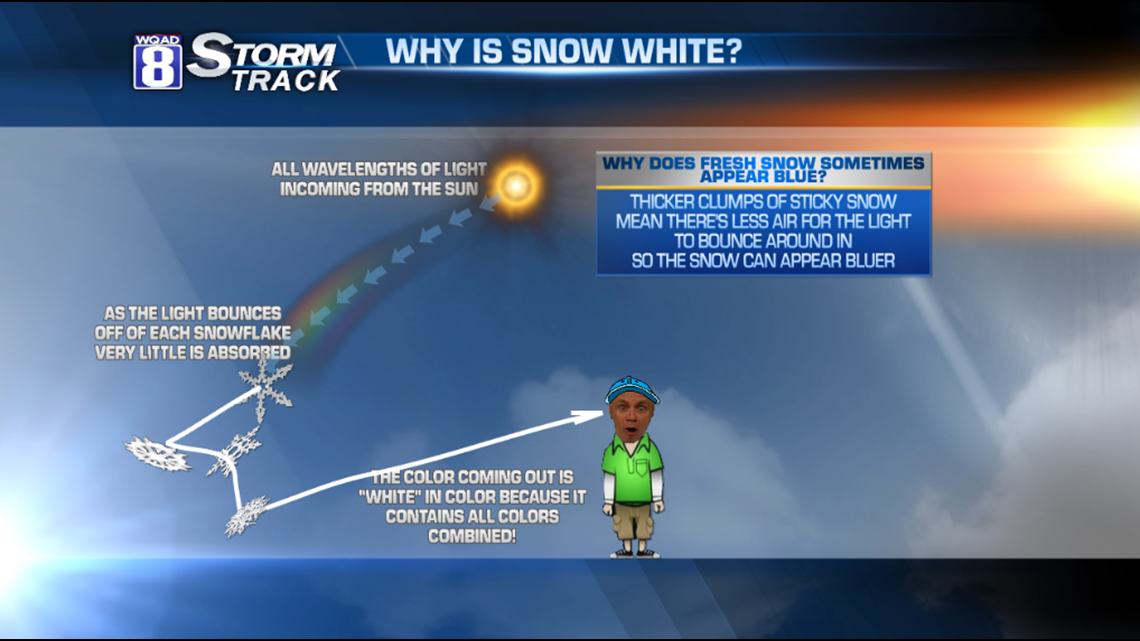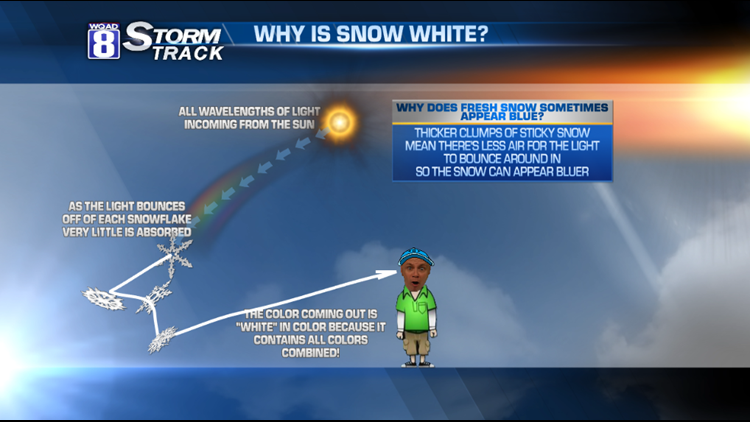Good morning friends!
Yesterday, I had the opportunity to spend a few hours at Alwood Middle School in Henry County. To be honest, talking with students about science is the most exciting part of my job.
Thanks to an invitation by Mrs. McKinley, we were able to speak about the importance of science (and it’s connection math). Not only did we discuss Meteorology, but I sneaked in a math lesson on tangents (as the doppler radar’s beam ascends into the atmosphere as it goes out from its source). English is a big part of my job, as it’s important to use the proper words and phrases. And Social Studies is even important as Meteorologists and News Anchors need to know about geography, history, and government.
I ended my talk with a challenge for the students to think about what they want to be when they get out of school. I think it’s really important for them to find a career field that will challenge their brains to learn new things.
I always take one question to answer on TV. A young man in the audience came up with a great question “Why is snow white?” I’m answering that this morning on “Good Morning Quad Cities.”
So, why is snow white?
First, let's think about the light coming from the Sun. Visible light comes in as a variety of wavelengths that our eyes then see as color. When that light interacts with an object, the light is either reflected or absorbed. A red car is absorbing all of the wavelengths, except red. That's the color that's reflected to our eyes. But snowflakes are able to reflect ALL of the light in the visible spectrum. All of the light, combined together looks white.
Sometimes, especially after big winter storms, the snow will appear to take on a blue tint. That's because stickier, thicker snow piles up more effectively...taking away many of the air pockets within a light, fluffier snow. With a lack of air pockets, the light isn't bouncing around as much in the snowflakes. And a little bit of blue or blue-green light comes back to your eye.
-Meteorologist Eric Sorensen







